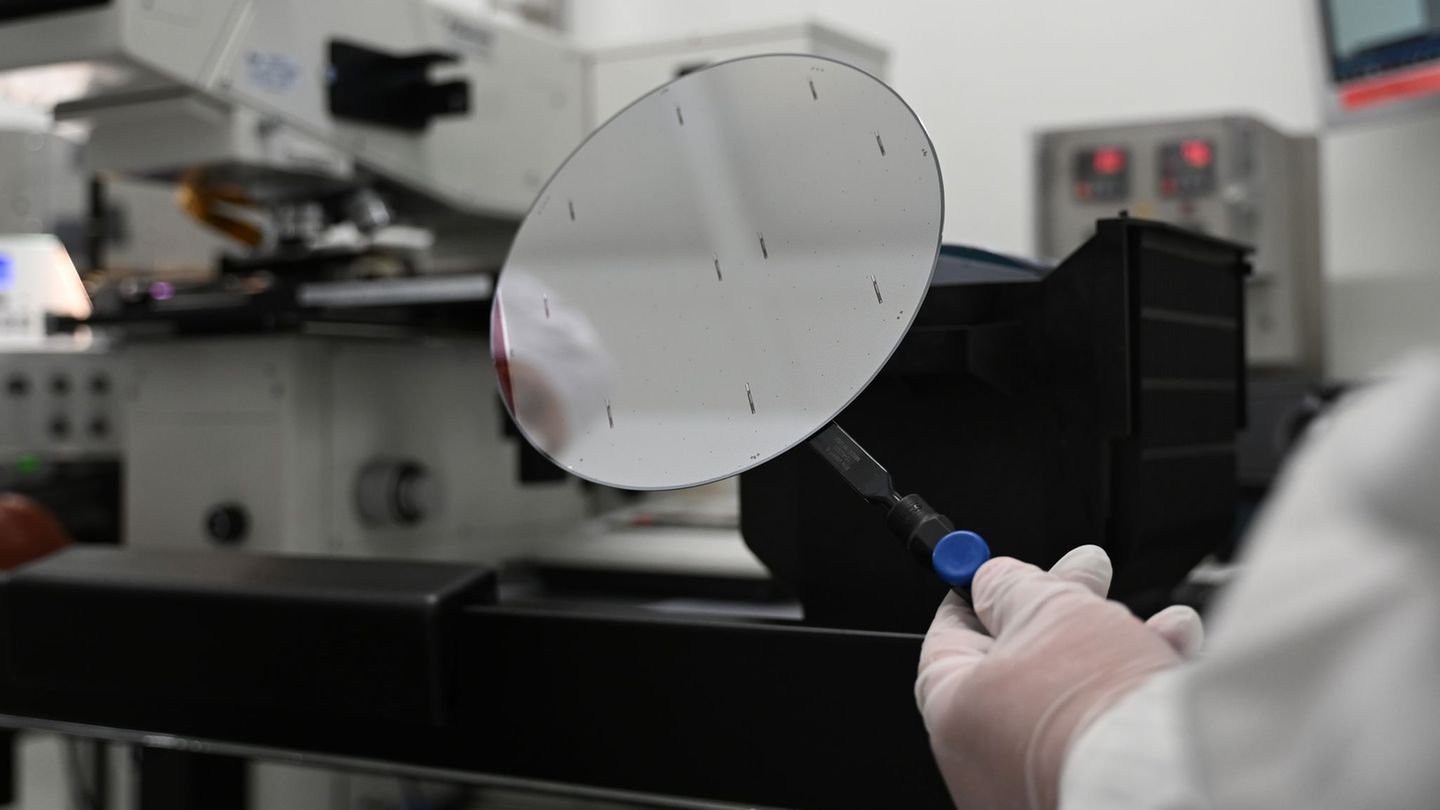Menu
Agriculture: The organic market continues to gain momentum
Categories
Most Read
Will chocolate finally be cheaper again this Christmas?
October 23, 2025
No Comments
Logistics: Profit slump at Kühne+Nagel: up to 1,500 jobs lost
October 23, 2025
No Comments
Customs dispute: China confirms trade talks with USA in Malaysia
October 23, 2025
No Comments
The economy of a country is not managed with rabbits in the galley
October 23, 2025
No Comments
Energy: Municipal utilities: relieve gas customers of network dismantling costs
October 23, 2025
No Comments
Latest Posts

Auto industry: New chip supplier should save VW from a production stop
October 23, 2025
No Comments
AngelicaI am an author and journalist who has written for 24 Hours World. I specialize in covering the economy and write about topics such as

Ökofen in Niederkappel now also makes battery storage
October 23, 2025
No Comments
Total battery system from Ökofen Managing Director Stefan Ortner Ökofen, a producer of pellet heating systems based in Niederkappel, is expanding its range and entering

Formula 1: Eifel factor in the scary World Cup fight: What speaks for whom?
October 23, 2025
No Comments
PierceI am Pierce Boyd, a driven and ambitious professional working in the news industry. I have been writing for 24 Hours Worlds for over five
24 Hours Worlds is a comprehensive source of instant world current affairs, offering up-to-the-minute coverage of breaking news and events from around the globe. With a team of experienced journalists and experts on hand 24/7.

